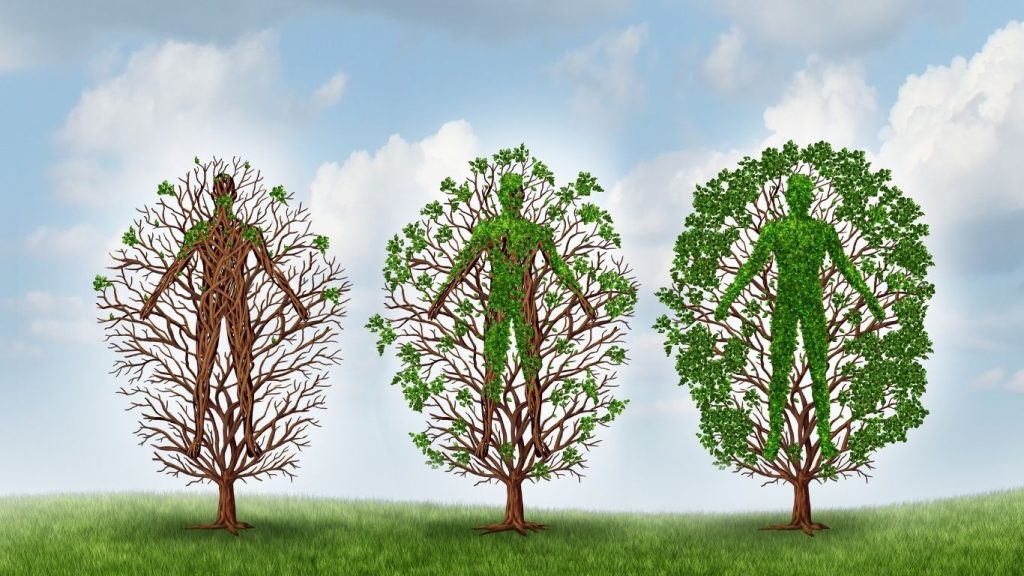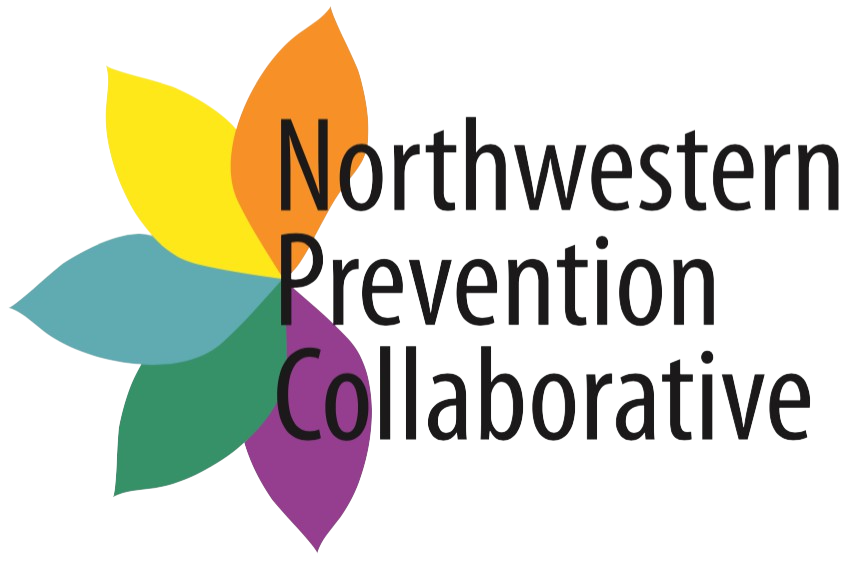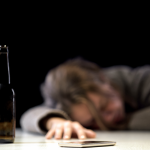There are times in life when it’s okay to focus on yourself. Finding a way to enter and stay in recovery from substance misuse or a substance use disorder is one of those times.
There are a thousand opinions of what’s right and what’s wrong, what makes up recovery and what doesn’t, but there’s only one judge of whether you are truly in recovery: you.
You know if you’ve made it a step further than you did yesterday. You know what you need to make it to the next step tomorrow. No one has the right to force someone onto a certain path of recovery—though it should be noted that when people try to intervene, it is usually done out of love. Your history, your genetics, your circumstances, your past trauma, your innate resiliency developed in your youth—all of these play a part in your path towards substance misuse, and they will play a part in your recovery.
Start with a Peer Support Specialist
We encourage you to begin your journey by contacting a Peer Support Specialist. These are people who have a personal understanding of what it means to struggle with a substance use disorder. They are there to offer support and guidance, but they let you take the lead on what your path to recovery looks like.
One of the most important things to realize is that your recovery includes more than stopping substance use. Most people who develop a substance use disorder are seeking to escape some sort of pain in their lives. Your recovery needs to involve a plan that addresses that pain in a different way.
Let’s look at some of the options for recovery and one of the biggest stumbling blocks in recovery: stigma.
“Cold Turkey” Abstinence
“Just stop,” people say, and sometimes, they say it because they know someone who has done so. There are indeed some people who have walked away from addiction and never looked back. Their stories should provide a sense of inspiration that it can be done, but at the same time, they should never be the standard to which everyone is held.

12-Step Programs (or Something Similar)
Most people are familiar with the 12-step program concept used by Alcoholics Anonymous and Narcotics Anonymous. It focuses on developing a sense of self-awareness and an acknowledgement of a higher power, accepting that we make mistakes and that we need to accept responsibility for those mistakes. It is a very methodical approach, and it is again, usually abstinence-based. You attend meetings as frequently as you need.
Visit the Alcoholics Anonymous or Narcotics Anonymous website to find a local meeting.
This approach can work well for someone who has a lot of family support and positive influences. If, however, you need to get away from a situation that is making it easier or more desirable to misuse substances, you might want to consider the next option instead.
Residential Rehabilitation Facilities
This seems to be the popular portrayal in the movies: go to a beautiful “rehab” and come out looking like a different person. That might be possible, but it takes a lot of hard work to get there. You might stay at a facility for anywhere from 30 to 90 days, or even longer if needed. While each rehab facility is different, they usually offer detox programs and medical care. They also provide group and/or individual counseling, so you can begin to get to the root of your pain and learn to cope with it in a healthy manner. They also teach stress management techniques. The setting provides an opportunity for you to focus on self-care and your recovery.
Upon leaving a residential facility, you should not expect to be magically cured—addiction is a lifelong illness for many people. It is important that you connect to others who can support your recovery. You can find that through the 12-step programs discussed above, through sober-living facilities (homes where you can live with other sober people), or continued counseling.
American Addiction Centers offers some advice on choosing a facility on their website.
Medication-Assisted Treatment (MAT)
Medication is available to assist with recovery. Although popularly known as MAT, this recovery option is also referred to as Medication-Assisted Recovery (MAR), and for opioid use specifically, it is also known as Medication for Opioid Use Disorder (MOUD). Medication for Opioid Use Disorder (OUD) is the most widely known (and stigmatized), but there is also medication to assist with Alcohol Use Disorder.
MAT is clinically proven to be the most effective way to overcome a use disorder, especially regarding opioids. Unfortunately, many people in the recovery community, as well as those in the general public, have created stigma around the idea of using MAT to aid in recovery, promoting the false idea that to be in recovery is to be abstinent of all drugs. But don’t let that stop you. The opinion of others isn’t important. Your recovery, your life—those are the things that matter.
We’ve placed the story of Jennifer on this page to help you understand the difference MAT can make in someone’s life. Jennifer was reluctant to try MAT because of the stigma. But while she had tried to overcome her addiction on her own, and was able to cut back, she was unable to stop completely. MAT made her recovery possible. “MAT saved my life,” she said. “The biggest thing it gave me was time—time to focus on myself and my relationships.”
You can learn about some of the options for MAT in this article.
Your Recovery Is Your Own
Although we’ve listed some of the main options for recovery on this page, these aren’t the only pathways. Some people find success in creating their own plan—for example, getting counseling, changing routines to avoid temptation, increasing exercise, going to church, practicing meditation. Your path to recovery is going to look different than anyone else’s. However, there are a few key things you need to focus on: developing coping skills to deal with emotional pain and stress, and connection.
You must have a support group of some kind. Sometimes that is your family, but sometimes it can’t be. Find other ways to connect. Join a recovery group, volunteer somewhere on a regular basis, join a civic organization, join a church, join a quilting club—anywhere you can get connected to people. Because, as Jennifer reminds us in her video, “The opposite of addiction is connection.” It is nearly impossible to overcome a substance use disorder in isolation. You need the support of others. And others want to be there for you—even if you might have to give them some advice on how best to do that.
Take the First Step
It is brave to ask for help. It takes courage. When you’re ready, a Peer Support Specialist is ready to talk with you and help you navigate your path to recovery. In our local area, you can reach a Peer Support Specialist through Warren Coalition or Within Reach Peer Resource Center.




Comments are closed.